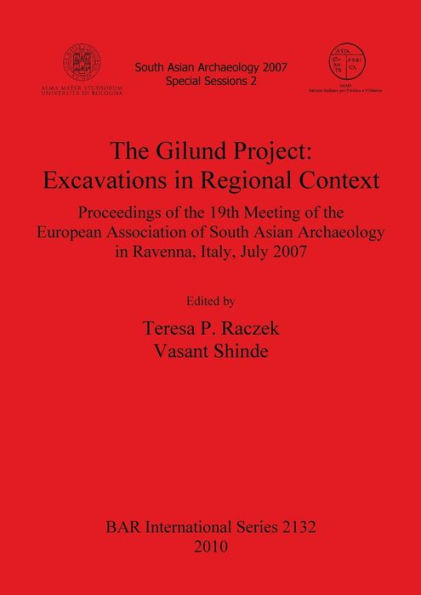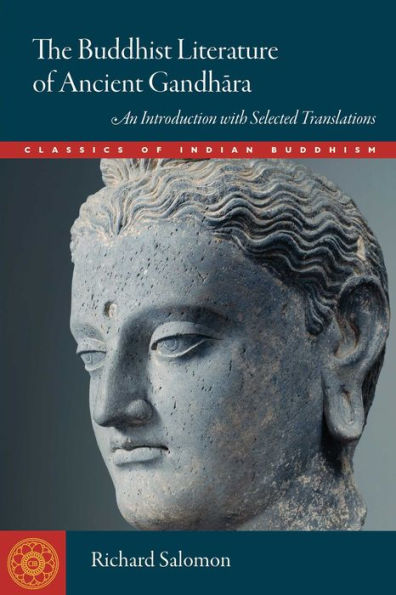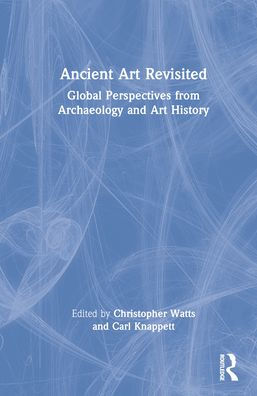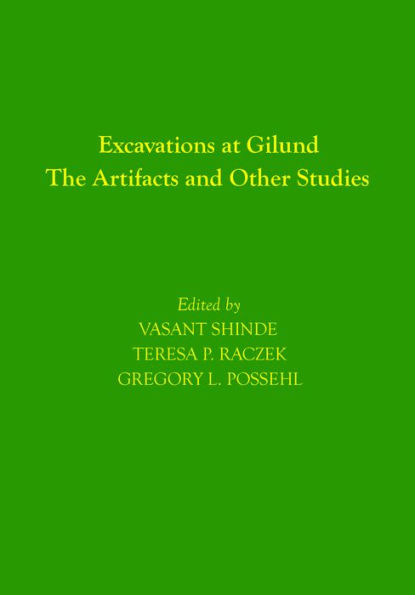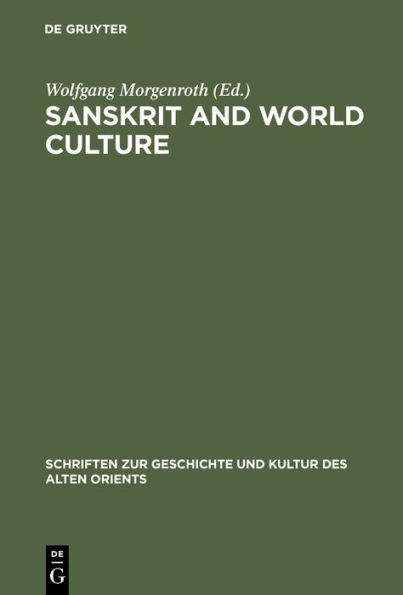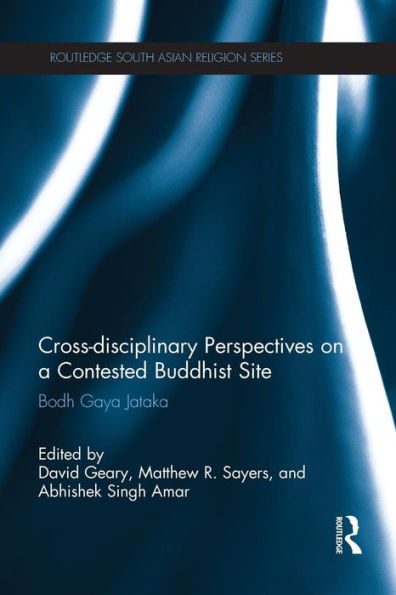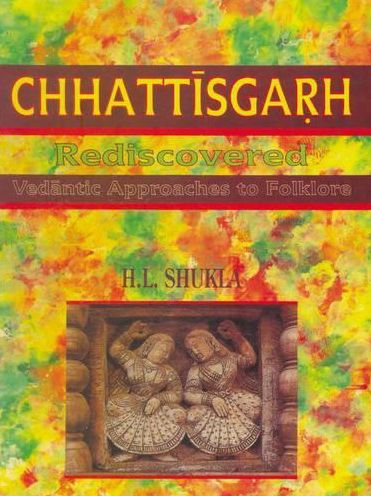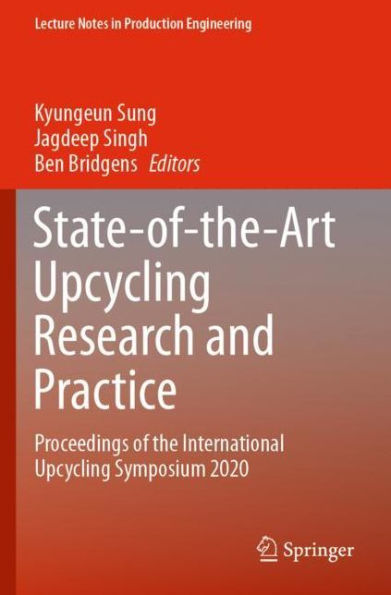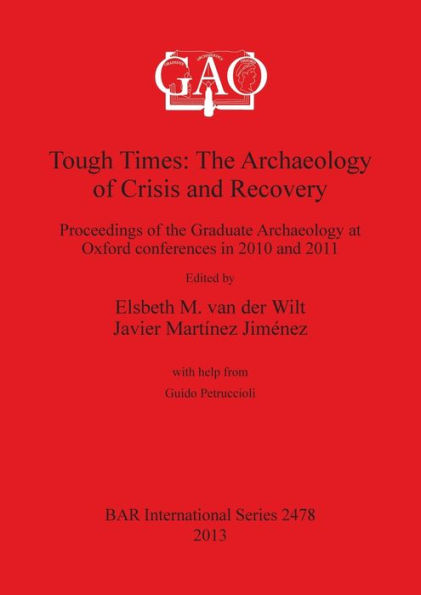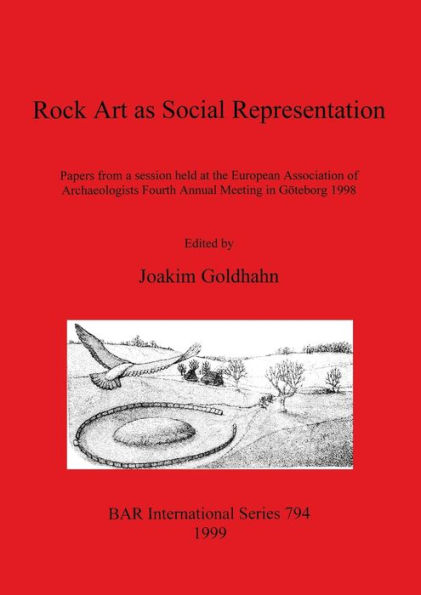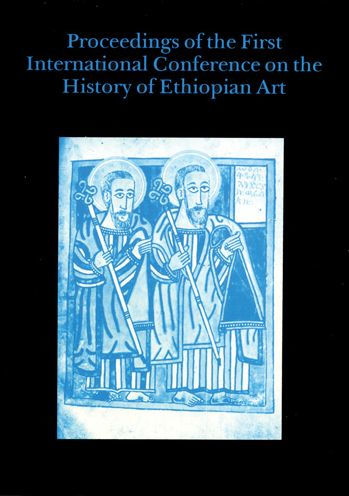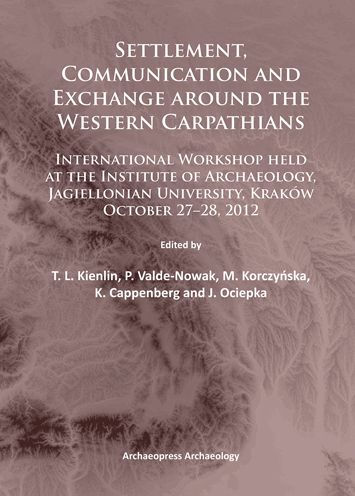Home
The Rediscovery and Reception of Gandharan Art: Proceedings of the Fourth International Workshop of the Gandhara Connections Project, University of Oxford, 24th-26th March, 2021


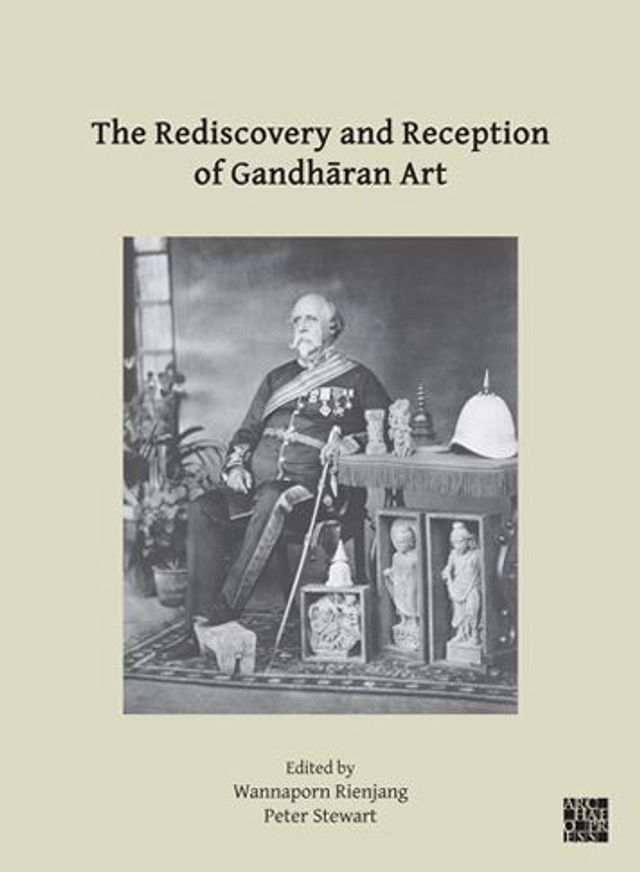
The Rediscovery and Reception of Gandharan Art: Proceedings of the Fourth International Workshop of the Gandhara Connections Project, University of Oxford, 24th-26th March, 2021
Current price: $56.00
Loading Inventory...
Size: OS
The ancient Buddhist art of Gandhara was rediscovered from the 1830s and 1840s onwards in what would become the North-West Frontier of British India. By the end of the century an abundance of sculptures had been accumulated by European soldiers and officials, which constituted the foundations for a new field of scholarship and internationally celebrated museum collections. Both then and since, the understanding of Gandharan art has been impeded by gaps in documentation, haphazard excavation, forgery, and smuggling of antiquities. Consequently, the study of Gandharan archaeology often involves the evaluation and piecing together of fragmentary clues. In more subtle ways, however, the modern view of Gandharan art has been shaped by the significance accorded to it by different observers over the past century and a half. Conceived in the imperial context of the late nineteenth century as 'Graeco-Buddhist' art - a hybrid of Asian religion and Mediterranean artistic form - Gandharan art has been invested with various meanings since then, both in and beyond the academic sphere. Its puzzling links to the classical world of Greece and Rome have been explained from different perspectives, informed both by evolving perceptions of the evidence and by modern circumstances. From the archaeologists and smugglers of the Raj to the museums of post-partition Pakistan and India, from coin-forgers and contraband to modern Buddhism and contemporary art, this fourth volume of the Classical Art Research Centre's Gandhara Connections project presents the most recent research on the factors that mediate our encounter with Gandharan art.
